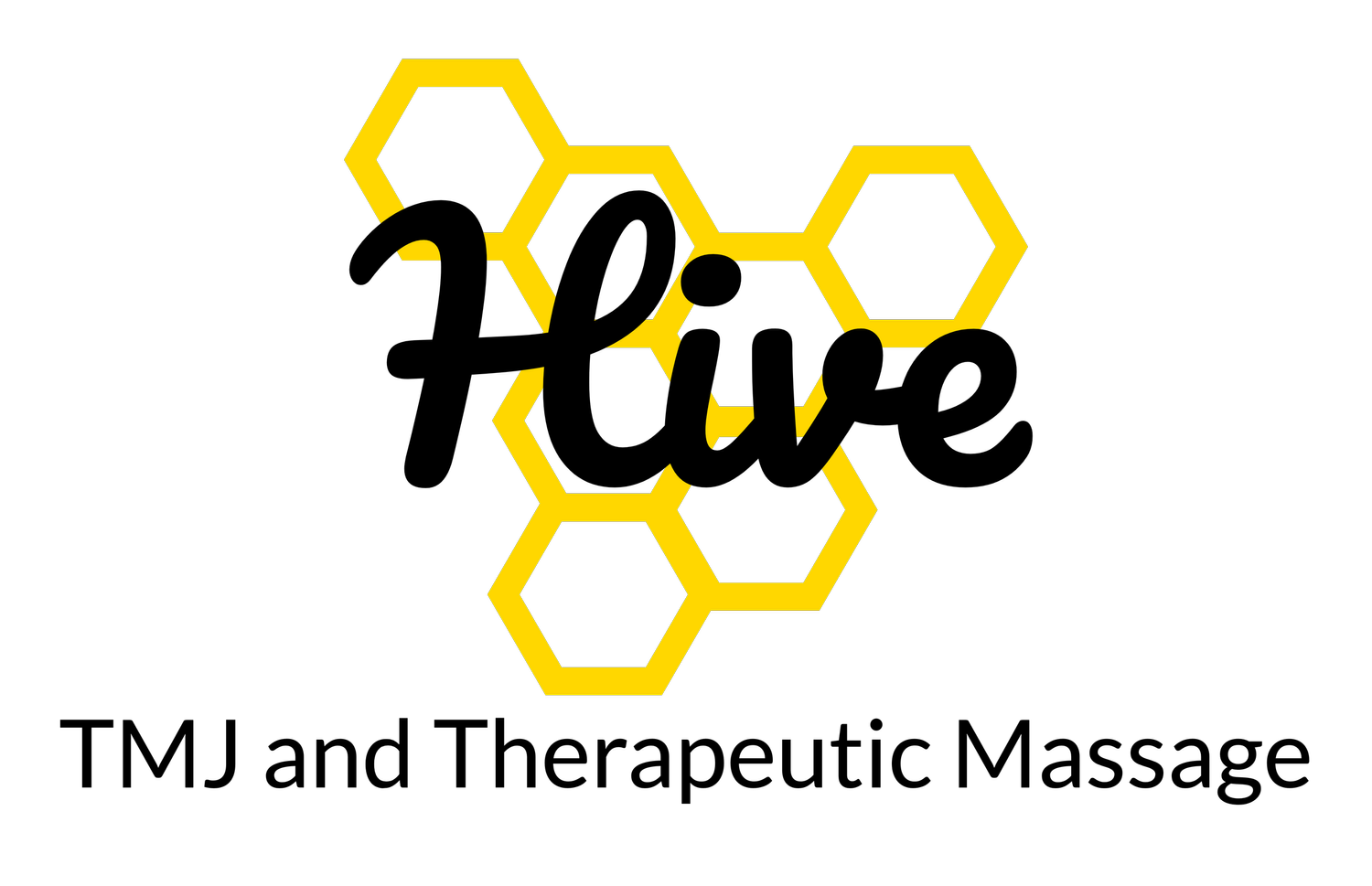Jaw Pain and Dysfunction
Temporal Mandibular Joint (TMJ) dysfunction is frequently unacknowledged as a source of pain in many shoulder, head, neck and face conditions. People who experience headaches, motor vehicle accidents, or sport or work site injuries often have jaw issues that can accumulate to overwhelming levels. Poor posture or daytime or nighttime clenching and bruxing (griding) due to stress are common causes of TMJ dysfunction. These often result in an accumulation of both compressive forces in the joints and a symmetrical muscle tightness which can lead to clicking or popping, pain, and ultimately joint damage. Resolving the muscular tension and joint compression can re-pattern the jaw mechanics and relieve pain and discomfort.
Symptoms of TMJ Dysfunction
Tenderness, pain or fatigue in joint and surrounding muscles when chewing, talking or resting
Limited jaw range of motion
Jaw locked in open/closed position
Clicking/popping in joint
Ear pain/sensation of fullness
Tinnitus (ringing in the ears)
Headaches
Tooth pain not explicable by dental exam
Why do some jaw joints click?
The jaw is exceptional in that it operates as two separate joints bound together by one bone – the mandible. The muscles responsible for moving the joints work in tandem with how the teeth fit together (occlusion), along with the fit and movement of the cranial bones, creating a system of interrelated mechanics. All is well when the jaw joints work within functional symmetry, but if one side begins to move differently many compensatory patterns can begin. These adaptive movements can be the beginning of a vicious cycle where some tissues are overworked and eventually become compromised.
A special friction-reducing disc exists inside the joint much like the discs in the spine. The disc maintains the appropriate amount of space in the joint, and moves forward and back in co-ordination with the opening and closing of the mouth. Joint compression and muscle tightness often accumulate resulting in an abnormally forward disc position. Then, as the jaw bone moves, the disc bunches up like a speed bump on the road, producing a click. If left untreated disc perforation can result, leaving the joint vulnerable to pain and arthritis.
Treatment
Massage for TMJ dysfunction involves accessing the muscles of mastication (chewing) by working both outside and inside the mouth, alternating between right and left sides. Releasing muscle tension and joint compression fosters mechanical symmetry, addresses pain, and can contribute to improving your bite.
What to expect
Our initial visit involves taking a thorough client history, review of the anatomy relating to the TMJs, and hands-on intra- and extraoral assessment and treatment.
A series of weekly, ongoing treatments is often required in an attempt to re-pattern the jaw.
Treatment goals include reducing hypertonicity and relieving associated pain. Progress will be monitored to measure effectiveness.
Chronic issues can frequently be improved but not fully resolved. In these cases, after the initial series, clients transition to less frequent visits to maintain progress.
The fee for an initial visit is $125.00. Ongoing visits are $80.00 per session.
Extended ongoing visits including more extensive neck, shoulder and back work are optional.
